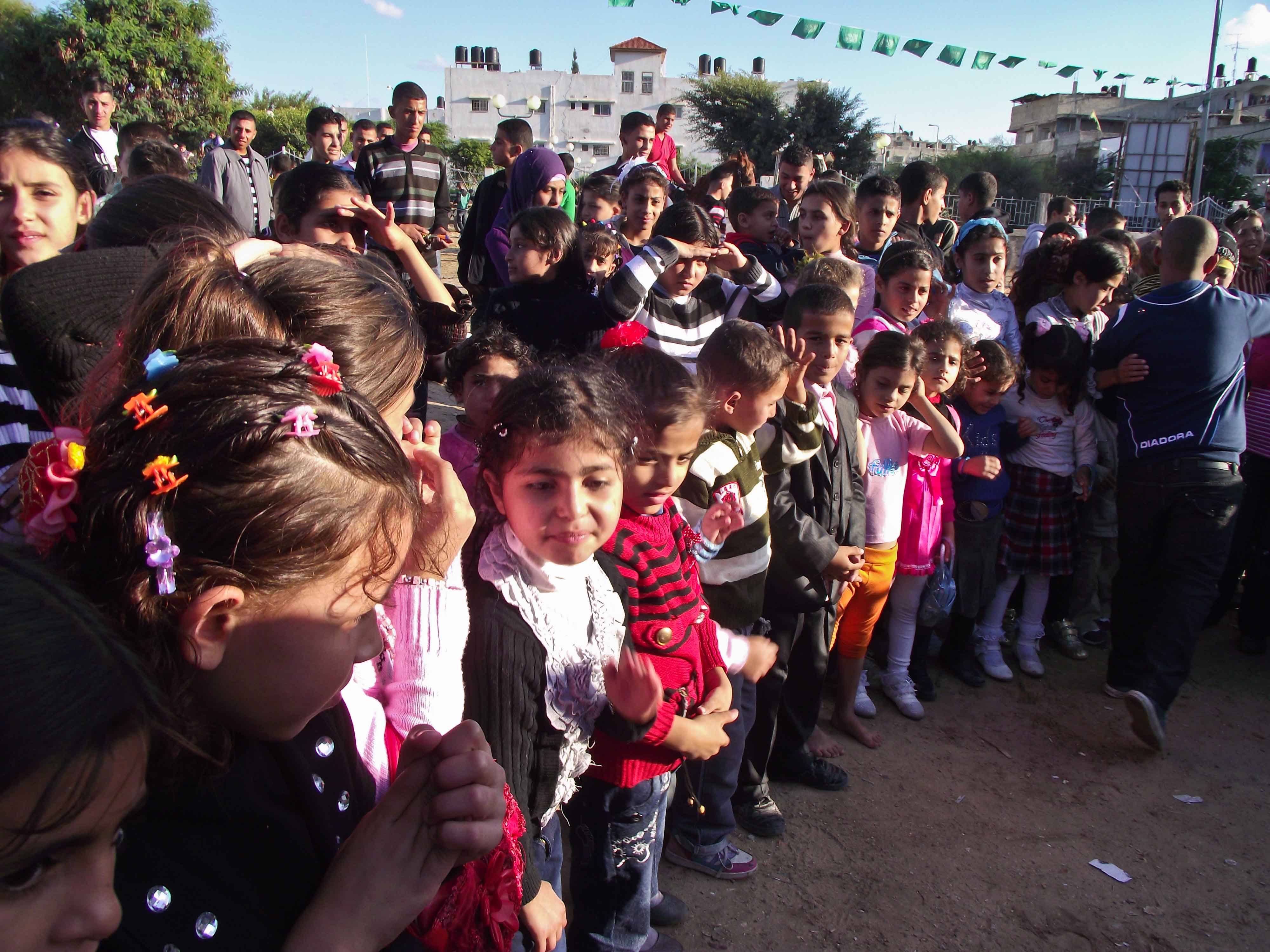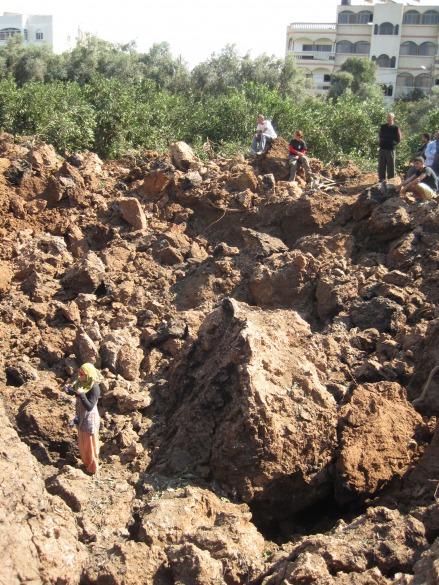Tag: Beit Hanoun
-
Eid children’s fair in Beit Hanoun
by Radhika S. 6 November 2011 | International Solidarity Movement, Gaza In the afternoon, we went to a special Eid children’s fair at a park in Beit Hanoun, in the north of the Gaza Strip. Fifty percent of the population in Gaza is under the age of 18, and as we arrived, that statistic became…
-
Under the flag of UNESCO marched Gaza
by Nathan Stuckey 1 November 2011 | International Solidarity Movement, Gaza We gathered on the road in front of the Agricultural College of Beit Hanoun, one side of the road a functioning school, on the other, only the remains of destroyed school buildings. For three years the people of Beit Hanoun have gathered here every…
-
Israel drops missile on North Gaza neighborhood, no one cares
Radhika Sainath | International Solidarity Movement, Gaza The Israeli Air Force fired a missile into a Beit Hanoun residential neighborhood in north Gaza early Sunday morning. The missile landed in a grove surrounded by homes, creating a crater the size of a tennis court and destroying over forty orange and olive trees. Chunks of shrapnel and…



